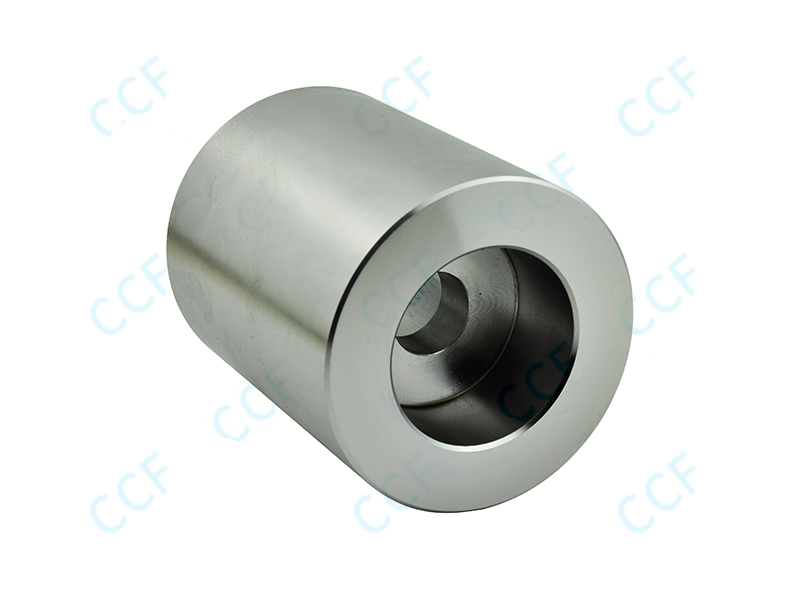In the world of manufacturing, where durability and reliability are paramount,
stainless steel forging parts have emerged as a symbol of enduring strength and longevity. The process of forging stainless steel involves shaping metal through the application of localized compressive forces, resulting in a product that boasts exceptional mechanical properties.
Stainless steel, renowned for its corrosion resistance and exceptional strength, undergoes a meticulous forging process to maximize its inherent properties. The forging of stainless steel involves heating the material to a high temperature and then subjecting it to carefully controlled pressure and shaping. This intricate process aligns the grain structure of the metal, eliminating weak points and ensuring uniformity in strength throughout the forged part. The end result is a forged stainless steel component that not only exhibits superior mechanical strength but also offers resistance to corrosion, making it ideal for use in harsh environments where exposure to moisture and chemicals is a constant challenge.
The longevity of stainless steel forging parts can be attributed to the material's inherent resistance to wear and tear. Unlike other materials that may succumb to fatigue and degradation over time, stainless steel maintains its structural integrity even under extreme conditions. This makes it a favored choice in industries such as aerospace, automotive, and energy, where components are subjected to high levels of stress and must endure the test of time. Whether in the form of engine components, structural elements, or critical machinery parts, stainless steel forging parts stand as a testament to their ability to withstand the rigors of demanding applications.
The reliability of
stainless steel forging parts extends beyond their mechanical properties. The material's resistance to corrosion ensures that the forged components remain unaffected by environmental factors that would compromise the integrity of other metals. This resistance to rust and degradation makes stainless steel forging parts a cost-effective solution in the long run, as they require minimal maintenance and replacement, reducing downtime and operational costs for industries that rely on durable and reliable components.
The forged stainless steel components not only endure the test of time but also provide a sustainable and reliable solution for industries that demand superior performance in the face of challenging conditions. As technological advancements continue to shape the landscape of manufacturing, Stainless Steel Forging Part stands tall as a timeless and enduring process, forging components that are truly built to last.
 DIE FORGING PART
DIE FORGING PART
Die forging is a manufacturing process in which metal is shaped into a specific form using a die or a set of dies. The process involves heating the metal to a high temperature and then applying high pressure to the heated material using a die or tool set.
Die forging offers several advantages over other forging methods. It allows for high precision and accuracy in shaping complex parts with tight tolerances. The process also helps in achieving better mechanical properties by aligning the grain structure of the metal along the lines of maximum stress. This results in increased strength, toughness, and fatigue resistance of the final forged part.
